SUMMARY
This is AI generated summarization, which may have errors. For context, always refer to the full article.
![[OPINION] Beyond Indiana Jones: An inclusive Philippine archaeology](https://www.rappler.com/tachyon/2021/11/archaeology.jpg)
Indiana Jones once said, “…if you want to be a good archaeologist, you gotta get out of the library.”
This is the kind of adventurism that entices a lot of children to dream about being an archaeologist. In some sense, it is good first step to motivate students to seek out a degree in archaeology, but it also traps us in the romanticism attached to the discipline. Indeed, archaeology has resonated with the names Dr. Henry Jones, Jr. (or Indiana Jones) and Lara Croft. They brought archaeology to the popular imagination of raiding tombs and fighting the Nazis. I would be lying if I said that Indy did not have anything to do with my chosen profession. But after completing my BA and PhD degrees in Anthropology, I realized that archaeology is not about the whip and the pistol, and going off to far off lands, but some of us do use fedora hats.
Traditionally, archaeology looks at the past to help us understand the past. We primarily use artifacts (or material culture, or things that humans used) to help us develop a story about what happened in the past. Archaeology has been used to explore the tombs of ancient Egypt, the early development of Incan civilizations, the rise of agriculture and cities in Mesopotamia, and the rise and fall of the Khmer empire.
A lot of us rely on things that ancient societies have thrown away to document human relationships – with other human beings, with the environment, with the divine. Archaeologists a thousand years from now will probably look at the number of syringes, masks, and sadly, deaths to look at how governments in 2020 and 2021 successfully or unsuccessfully handled the COVID-19 pandemic, among other things.
In the Philippines, formal archaeology did not take off until the imposition of the American educational system. The country’s archaeological tradition has been heavily influenced by Americanist archaeology since the early 20th century. H. Otley Beyer (1905-1966), Carl Guthe (1921-1924), Wilhelm G. Solheim II (1950s), Robert B. Fox (1950s), William A. Longacre (1970s), Karl Hutterer (1980s), and Laura Junker (2000s) are among the American archaeologists who established long-term research projects in the country.
The lateness of the establishment of professional archaeological tradition in the Philippines is probably influenced by the absence of architectural monuments and pre-colonial state-level societies. This meant that the foundation of the archaeology of the Philippines was different from other Southeast Asian countries. In our neighboring countries, the interest in archaeology predated the arrival of Europeans and European scholarship in the region. This is exemplified by analyses of stone inscriptions to reconstruct political-economic transformations of earlier states that were sponsored by Thai and Burmese rulers. The practice of formal archaeology, however, started with European colonization of Southeast Asia.
These early archaeological projects resulted in the establishment of archaeological institutions that have a lasting influence on the practice of archaeology in the region. These works have also affected the development of the concept of cultural heritage in Southeast Asian archaeology, as significant emphasis was focused on discovering and documenting ancient monuments (i.e., Angkor, Prambanan, Borubodor, Ayutthaya, and Sukhothai). Heritage and heritage management became synonymous with these monuments. Other archaeological sites, such as cave and rock art sites, have been overlooked.
However, recent works by some of our colleagues at the University of the Philippines and the University of San Carlos have underscored the need to focus on the archaeology of our recent history and environmental change. Dr. Grace Barretto-Tesoro of the Archaeological Studies Program at the University of the Philippines-Diliman, for instance, forces us to look at how Spanish colonial policies facilitated urban designs in the country. Barretto-Tesoro argues that even though contemporary cities and municipalities have maintained the plaza complex (the church, administrative buildings, and the plaza as the center of towns and cities), local Filipino groups co-opted this design to craft new identities and institutions as response to the colonial status quo. In essence, she highlights the fact that many Filipinos did not just embrace the Spanish-imposed landscape, they made it their own. The archaeology of Spanish colonialism, thus, has a lot to tell us about our identities.
Another very urgent contemporary problem that archaeology helps address is the focus on climate change. Dr. John Peterson of the University of San Carlos (USC) has looked at how changing sea levels affected settlement patterns in Cebu. Their research will help in the development of a climate change proxy database and contribute to disaster risk management policies. In addition, Dr. Jose Bersales, also from USC, has explored Visayan burial practices in Boljoon and San Remigio, highlighting the diverse Visayan communities from different periods that are still linked into a common identity. Dr. Bersales’ command of Visayan historical resources benefit Visayan archaeology.
Our colleagues at the National Museum of the Philippines have also carried the discipline forward. As the sole institution mandated by the Constitution to conduct archaeological research in the country, the archaeology division at the NMP has laid the groundwork for more meaningful archaeological and heritage management.
But perhaps the most significant change in the practice of archaeology in the country is the development of indigenous archaeology and participation of local stakeholder communities. This is exemplified by our work in Ifugao where the emphasis on inclusive methodology forces archaeologists to rethink our relationship with indigenous peoples and how their work impacts the production of archaeological knowledge. More importantly, the formation of the collaborative relationship between archaeologists and indigenous peoples not only enriches archaeological interpretation by incorporating indigenous perspectives, but also empowers indigenous peoples to participate in the process of creating historical narratives, especially the history of human-environment interactions.
As the world is grappling with climate change, the study of how the indigenous peoples have been interacting with the environment provides alternative ways to face contemporary environmental challenges. Thus, it is imperative that indigenous archaeology approaches are included in the study of the long-term process of human-environment interaction. Indigenous archaeology facilitates a meaningful archaeological practice, through inclusive methodologies and interpretations based on local realities.
Indeed, there is an increasing number of archaeologists who are facilitating the redefinition of archaeological research, that archaeology is not just the study of the past, but also the study of the present. We are in the forefront of what we describe as engaged archaeology, where descendant communities and other stakeholders are involved in our work. We collaborate closely with indigenous and local communities to emphasize that archaeology is a discipline that can help decolonize histories.
As a Filipino archaeologist teaching at the University of California-Los Angeles, I also highlight the work of my archaeology colleagues at UCLA who are the leading way in using our research to address social justice issues, using our research findings to highlight the experiences of marginalized groups to help facilitate redress.
As archaeology looks at the whole breadth of culture as represented in the archaeological record, we can address the inadequacy of dominant historical narratives. Archaeology provides knowledge of the past: to understand the present, to prepare us for the future, and to help create a more inclusive generation. Our work pushes the discipline – and influences policy – to boost diverse heritage sites that will expand the commemoration of historically excluded communities. – Rappler.com
Stephen Acabado is the director of the UCLA Center for Southeast Asian Studies and associate professor of anthropology at UCLA. He heads the Bicol and Ifugao Archaeological Projects, both of which encourage the wider public to participate in the research process. Follow him on Twitter at @stephen_acabado.
Add a comment
How does this make you feel?




![[OPINION] Remembering RSP, Norman and Jessie – geoscientists for the people](https://www.rappler.com/tachyon/2024/04/raymundo-punongbayan-April-29-2024.jpg?resize=257%2C257&crop_strategy=attention)
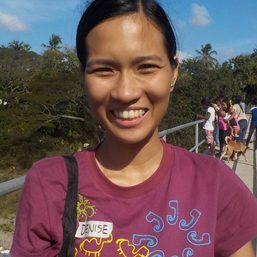

![[OPINION] From ‘Puyat’ to ‘Tulog’: Clout-chasing street signs disrespected history](https://www.rappler.com/tachyon/2024/07/gil-puyat-july-26-2024.jpg?resize=257%2C257&crop=389px%2C0px%2C1080px%2C1080px)


![[Time Trowel] Yamashita gold is a myth, and treasure hunting is not archeology](https://www.rappler.com/tachyon/2024/06/myth-yamashita-treasure-june-14-2024.jpg?resize=257%2C257&crop=435px%2C0px%2C1080px%2C1080px)
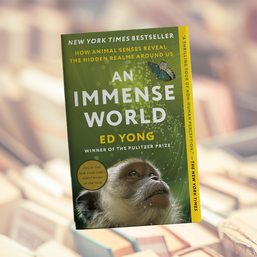
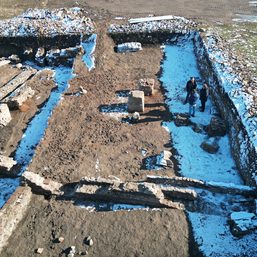
![[Time Trowel] There is more to archaeology than Indiana Jones’ pistol and whip](https://www.rappler.com/tachyon/2023/12/tl-timetrowel.jpg?resize=257%2C257&crop=245px%2C0px%2C720px%2C720px)
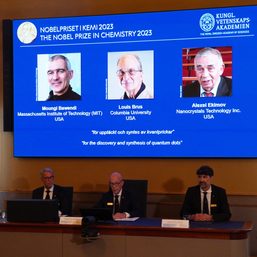


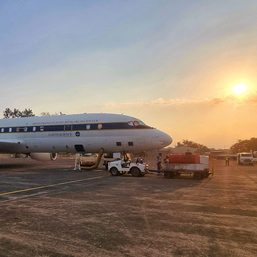
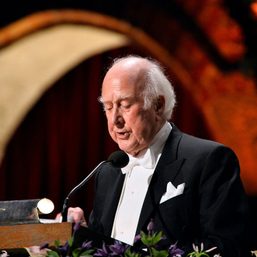
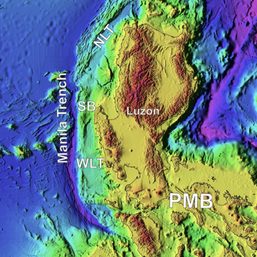
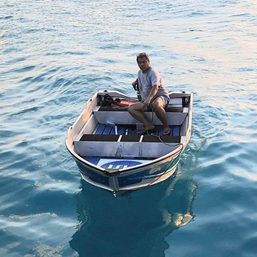
There are no comments yet. Add your comment to start the conversation.